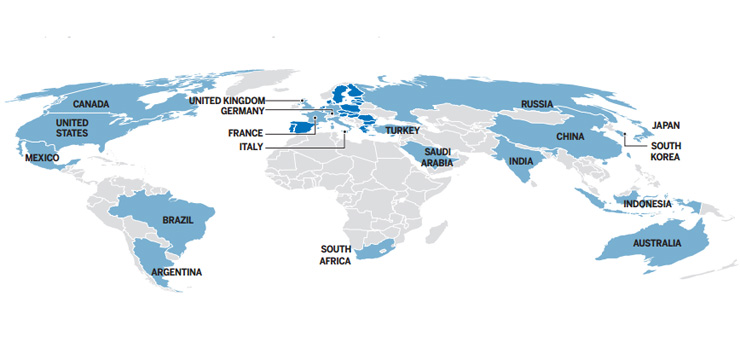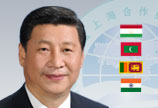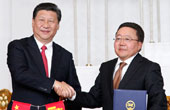FTA will benefit Asia-Pacific region at large
Businesses in both countries will soon have easier access to each other’s market, and people in both countries will be able to buy products and services from each other’s country at much lower prices.
For example, Chinese consumers will be able to enjoy good-quality but cheaper Australian goods including dairy products, wines, seafood and horticultural products.
China is forging ahead with broader and deeper reforms, and its economic development has been shifting from an investment-driven model to a consumption-driven one. It is optimizing its energy consumption structure too. As a result, demand for Australian energy and mineral resources could not maintain the level in the heydays, which has drawn a lot of Australian concerns.
Australia, for its part, is eyeing a transition from a reliance on export of minerals such as coal and iron ore to expanding food and agricultural exports to a growing Asian middle class, moving from a “mining boom” to a “dining boom”.
The FTA is a natural choice as well as a good opportunity for Beijing and Canberra to adjust their trade structure and open new horizons allowing bilateral trade to continue to prosper. A change from the previous resource-heavy pattern of bilateral trade will inject vitality in a host of other areas such as agriculture and animal husbandry.
From a regional perspective, the FTA process will have a far-reaching influence on economic development as well as promoting Asia-Pacific integration and galvanizing the global recovery.
The successful story of the China-ASEAN Free Trade Area could provide a mirror for us to foresee the bright future of China-Australia FTA.
The ASEAN-China Free Trade Area (ACFTA), which began on Jan 1, 2010, is a free trade agreement between China and the 10 Association of Southeast Asian Nations member states. ASEAN statistics indicates two-way trade volume reached $350.5 billion last year, accounting for 14 percent of ASEAN’s total trade and representing an increase of 9.7 percent year on year. Both sides have vowed to upgrade the ACFTA by the end of next year.
Meanwhile, China is negotiating with the Republic of Korea and Japan for a trilateral FTA agreement. Beijing hopes various arrangements could play a positive role in fostering a just and free international and regional trade order.
As Australia has shown growing interest, as well as making policy arrangements, in strengthening its interaction with the Asia Pacific region, the China-Australia FTA will help Australia take a significant step forward in that direction.
With more players in the region bonded for closer and reciprocal trade ties, common development and prosperity for the region cannot be a far away dream.
Related Stories
China, Australia agree on FTA 2014-11-18 07:52
FTA with South Korea starts next year 2014-11-18 07:48
China-Australia FTA gives shining example for Europe: Merkel 2014-11-17 16:05
Upgraded version of ASEAN-China FTA 2014-11-13 18:12
Background



